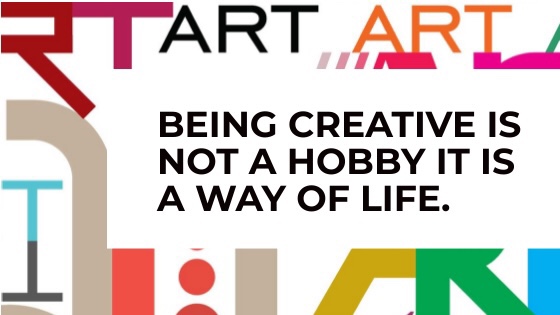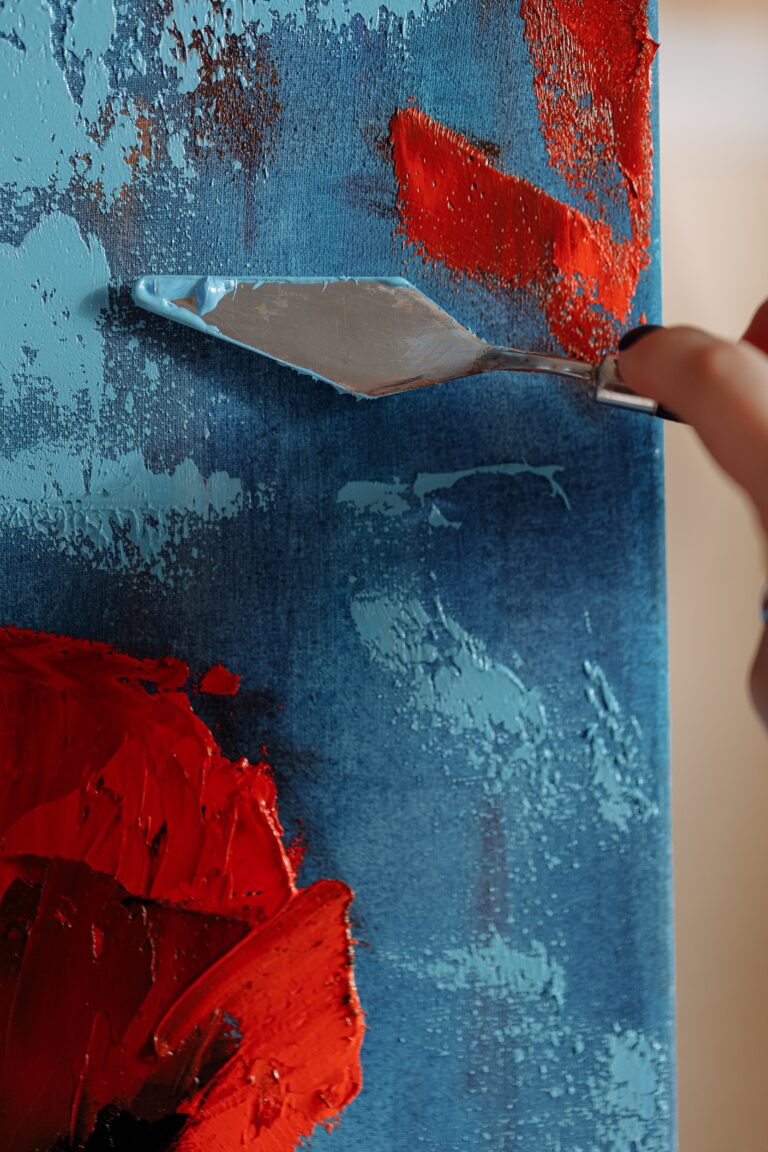Qatar’s World Cup and Public Art: Expanding the Field of Dialogue
A blog on https://agsiw.org/qatars-world-cup-and-public-art-expanding-the-field-of-dialogue/
As Qatar gears up to host the FIFA World Cup in November, Qatar Museums is ensuring that visitors get a taste of the country’s cultural scene through new public art installations.
- Click to share on Facebook (Opens in new window)
- Click to share on Twitter (Opens in new window)
- Click to share on LinkedIn (Opens in new window)
- Click to print (Opens in new window)
Nada AmmaguiSep 26, 2022 العربيةswitch to english
General view of the 3-2-1 Qatar Olympic and Sports Museum in Doha, Qatar, August 24. (REUTERS/Ibraheem Al Omari)
Research Associate, AGSIW



Over 10 years ago, Qatar emerged victorious in the bid to host the 2022 FIFA World Cup, being the first ever Arab countryto do so. Just a few months ahead of the opening match, the country is transforming to accommodate the throngs of expected visitors, including hundreds of thousands of international soccer players and their adoring fans. The investment in Doha totaled around $200 billion, building seven soccer stadiums, dozens of hotels and accommodations, and a 47-mile metro system as well as improving roads and infrastructure. Alongside these developments and in line with Qatar’s Vision 2030 plan, several new cultural initiatives, including museums and an expanded public art program, were announced this year, improving local cultural offerings and dotting the Qatari landscape with colorful installations.
Growth of the Qatari Cultural Scene
Though investment in the country’s infrastructure peaked in the last decade, the development of the cultural scene in Qatar has been on a steady rise for over 15 years. Qatar Museums, formerly Qatar Museums Authority, heads Qatar’s cultural institutions. Since 2006, it has been chaired by Al Mayassa Hamad bin Khalifa al-Thani, sister of Qatar’s emir, and was established the year prior by her father, the former ruler of Qatar, Hamad bin Khalifa al-Thani. In 2013, Al Mayassa and the late minister of culture, Saud bin Mohammed al-Thani, were named the contemporary art world’s most influential people by ArtReview for helping Qatar acquire more modern and contemporary art than any other collector in the world between 2011 and 2013. Between 2011 and 2014, the pair was ranked three times among the 100 most influential individuals in the contemporary art world, rubbing shoulders with internationally renowned gallerists, museum directors, and artists.
Under Al Mayassa’s direction, Qatar Museums has been at the forefront of shaping the country’s cultural scene and direction, founding institutions such as the I. M. Pei-designed Museum of Islamic Artand creative hubs to foster local artistic production, including M7 and Liwan. Additionally, Qatar Museums oversees a robust program of public art commissions and exhibitions, reportedly spending an estimated $1 billion a year on artwork acquisitions to provide world-class offerings to the country’s residents and international audiences. Acquisitions under her chairmanship include one of Paul Cezanne’s “The Card Players,” which the Qatar Museums Authority purchased for $250 million in 2012 in a record-breaking sale, and dozens more paintings and sculptures by Paul Gaugin, Mark Rothko, Richard Serra, Jeff Koons, and Andy Warhol worth hundreds of millions of dollars.People walk at the Museum of Islamic Art in Doha, Qatar October 4, 2016. (REUTERS/Stringer)
In the last decade, as Qatar has prepared to host the World Cup, Qatar Museums has announced several more cultural institutions. In 2010, Mathaf: Arab Museum of Modern Art was opened, featuring the largest specialized collection of modern and contemporary art from the Arab world and surrounding countries. In March 2019, the National Museum of Qatar, reopened in Doha with a new building designed by “starchitect” Jean Nouvel. At the 2022 Doha Forum, three more museums were announced: Art Mill, a multiuse creative campus on the site of a former flour mill, the Qatar Auto Museum, which will showcase vintage and rare automobiles, and Lusail Museum, which will boast the most extensive collection of Orientalist art in the world. Fittingly, just a few months before the launch of the World Cup in Doha, 3-2-1 Qatar Olympic and Sports Museumopened to the public at Doha’s Khalifa International Stadium as the first institution of its kind in the Middle East.
Shift Toward Public Art
These institutions are just one facet of Qatar Museums’ cultural strategy. In an effort to make the art scene more publicly accessible, Qatar Museums has been building a robust public art program. As part of the Qatar Creates initiative, a “year-round cultural movement” that seeks to promote art and culture to residents and visitors, the country’s already large collection of public art was recently expanded, with nearly 40 more commissions announced ahead of the World Cup. Abdulrahman Al-Ishaq, director of public art at Qatar Museums, has said he sees the presentation of public art across the country as “the cherry on top of the cake” – the cake being achievements in infrastructure, the economy, education, and health. To him, displays of public art are a sign of Qatar’s advancement and success in building such foundations over the past several decades.A general a view of the National Museum of Qatar, in Doha, Qatar March 27, 2019. (REUTERS/Ibraheem al Omari)
Intended to “inspire local talent and establish an organic connection between art and the local community,” Qatar’s “outdoor museum,” which now features over a hundred art installations, hopes to make art part of everyday life in the small Gulf country. Installations and sculptures are located across the country – at Doha’s Hamad International Airport, in the desert, in metro stations, along marinas, and in old souqs, in addition to public and private institutions. The artists commissioned include Simone Fattal, Monira Al Qadiri, Yayoi Kusama, and Jeff Koons, as well as Qatari artists Bouthayna Al Muftah, Aisha Nasser Al Suwaidi, and Shouq Al Mana, and reflect a diverse range of styles, mediums, subjects, nationalities, and backgrounds. For Al Mayassa, public art is “one of our most prominent demonstrations of cultural exchange.”
Several of the commissions have been selected through Qatar Museums’ 5/6 Initiative, an art competition for Qatari residents that emphasizes “an overarching theme of community” in remembrance of the country’s “resilience and a remarkable sense of unity and solidarity” throughout the diplomatic and economic boycott of the country imposed in June 2017 by a quartet of neighboring countries. Young Qatari artist Shouq Al Mana, a graduate of Virginia Commonwealth University in Qatar and winner of the 2021 5/6 Initiative competition cycle, said that Qatar’s booming art scene and Al Mayassa’s continued support for local artists was “very encouraging” for her.
Shouq’s winning work, “Egal,” consists of five stainless-steel sculptures, ranging in size from 11.5 feet to 14.5 feet, in the shape of the traditional headpiece worn by Qatari men, balancing on their tassels on the Lusail marina. When the boycott of Qatar was first announced, Shouq recalled, she was completing an artist residency at Fire Station. The event “triggered a strong emotional response” and inspired her to incorporate “nationalism and unity” into her creative practice. In Shouq’s installation, the egal “serves as a tribute to Qatar’s history and traditions” and, in its slightly raised angle, is intended as “a symbol of respect and appreciation toward Qatar’s leadership, citizens, and residents.”Egal (2022) (Credit: Shouq Al-Mana)
While some installations, like Shouq’s “Egal” and Hassan bin Mohammed al-Thani’s “Motherland,” touch on themes of nationalism, culture, and tradition in Qatar, others opt for more whimsical and playful visuals, like giant yellow teddy bears and wooden mouse-eared dolls, larger-than-life thumbs, and tremendously tall orchids. Likewise, other installations that dot the Qatari landscape take an abstract approach to public art with a focus on materiality and form, like Shuaa Ali’s “Milestones” and “Tawazun” and Richard Serra’s “7” and “East-West/West-East.” Other installations are part of Qatar Museums’ “JEDARIART” (a play on the Arabic word for “my mural” featuring “art” in English) initiative, which seeks to “bring the city’s walls to life through murals, color, art and beauty.”
Parts of the Berlin Wall, on view at Georgetown University’s Qatar campus and the Qatar National Convention Center, are also featured in the country’s public art collection, making their way into Qatar in 2017 as part of the Qatar-Germany “Year of Culture.” Sarah Foryame Lawler, curatorial assistant for public art at Qatar Museums, said that “public art creates a more accessible link to art, where it is brought to the public instead of the public having to actively seek it in a gallery or museum space.” As the country gears up to host one of the most highly anticipated soccer events in the world, public accessibility and visibility are key elements of its aim to share its cultural prowess.
The World Cup Push
Visitors to Qatar in the weeks leading up to and during the FIFA World Cup may wonder what art and sports have in common. While several public art installations revolve around the theme of sports, like “The Challenge 2015” by Iraqi artist Ahmed Al Bahrani, the majority do not. Abdulrahman, director of public art at Qatar Museums, explained that the World Cup itself is not only about the sport: It is also about friendship, togetherness, and humanity. Having commissioned dozens of installations ahead of the event specifically, he said he believes that “these sporting events are a gateway to more meaningful issues,” like the environment, sustainability, and diversity.
Hosting the World Cup provides Qatar the opportunity to receive an estimated 1.2 million spectators, contributing a prospective $17 billion to the local economy. At the same time, the event is also a chance for the country to demonstrate its cultural aptitude and commitment to becoming a regional cultural destination. Capitalizing on World Cup crowds by bringing art to them, in hotel lobbies, metro stations, and soccer stadiums, Qatar Museums’ public art initiative is a manifestation of the country’s goal to diversify its economy through a push in tourism investments and cultural endeavors. These public art installations also provide visitors to the country, during the World Cup or throughout the year, additional channels for engagement with Qatar.
The megaevent also provides local artists, emerging and established, unparalleled exposure to international audiences, who will be “introduced to Qatari heritage through the numerous public art installations in the country,” Shouq remarked. For instance, the official poster of the World Cup 2022 was designed by Qatari artist Bouthayna Al Muftah, another graduate of Virginia Commonwealth University in Qatar. Like Shouq’s installation in Lusail, Bouthayna’s poster draws on Qatari heritage, using the egal and collective memory. Her poster designs feature Qatari youth playing soccer in their national dress in the desert to convey the lively energy of the sport and the anticipation leading up to the World Cup.
By mobilizing scores of artists, locally and internationally, and peppering Doha streets with their creative works, Qatar plans to make the 2022 FIFA zWorld Cup a distinctly Qatari one, where art is part of the everyday.



